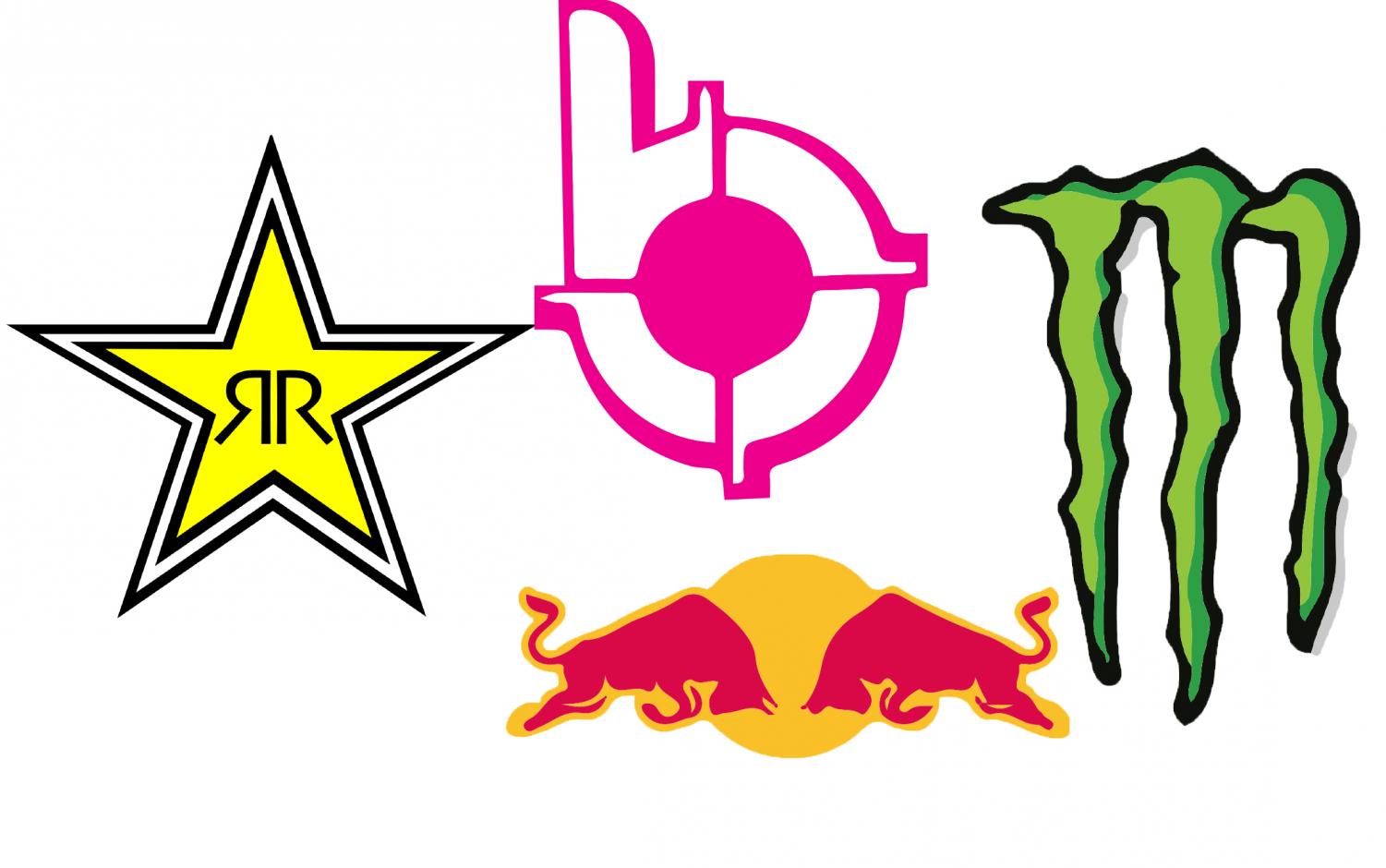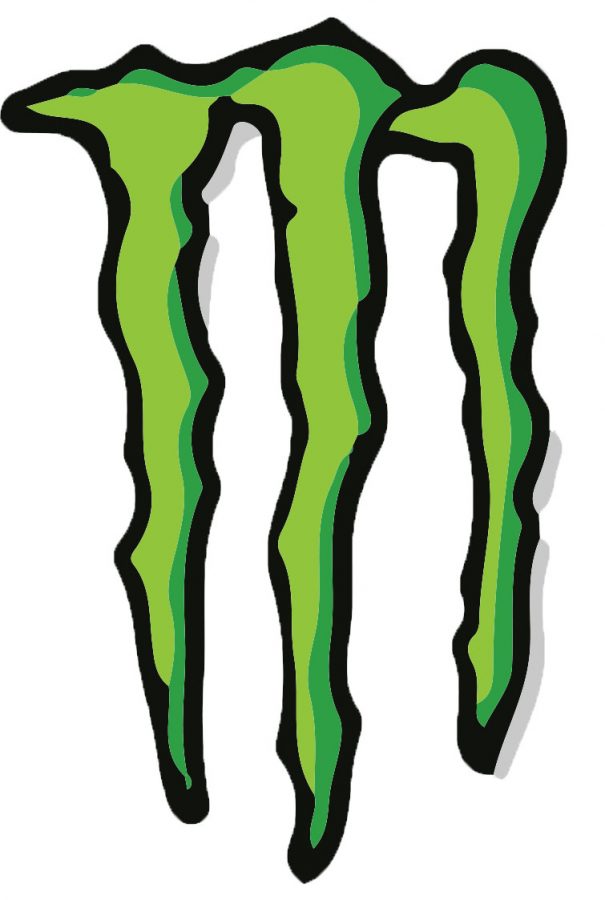
Craving for Caffeine
Energy labeled beverages may give an extra boost to start off the day, but the long term effects may not be worth what is in the 12-ounce can.
October 23, 2019
For just over two dollars, a cocktail composed of sugar and caffeine creates an easily accessible consumable health risk to students. For some, it may be difficult to get through the day without some form of an energy boost. Be it through morning coffee or a mid afternoon soda, some form of caffeine might be considered a necessity in ones diet. Senior Maxwell Palmieri has been consuming energy drinks since eighth grade and understands the impact it has had on him.
“When I took my first sip of an energy drink, I didn’t think much of it,” Palmieri said. “I really liked the taste. It tasted just like a regular soda, but I felt more energized… I almost consistently have one energy drink a day now.”
An energy drink is a type of beverage containing both sugar and caffeine, marketed for consumers looking for that pick-me-up. According to the Food and Drug Association, most energy drinks typically contain larger amounts of caffeine, added sugar, B vitamins and added stimulants such as guarana, a medicinal plant; taurine, an amino acid; and L-carnitine, an amino acid that affects metabolism and energy levels.
“If I know I have a lot of studying to do or need a quick boost of energy, I normally turn to a Monster or Redbull,” senior Anothony Albertini said. “They are quick to find in the store and I know that they keep me awake and energized.”
Caffeine works by blocking the natural brain chemicals involved with sleep. Due to this, neurons in the brain fire and release adrenaline. According to the National Center for Complementary and Integrative Health, caffeine makes the liver release extra sugar into the bloodstream for energy. This makes the heart beat faster, which produces a more energized feeling. The different flavors that energy drinks can have plays a role in the levels of dopamine, a chemical in the brain’s pleasure center. Energy-labeled beverages promise these long lasting benefits by consuming a 12 ounce can.
“Unfortunately, the caffeine found in these sugary drinks can be addictive,” Athletic Trainer and Physical Education teacher Bryn Nottoli said. “Each sip leads to another, [leaving people] wanting more, [which leads] up to another can.”
A growing scientific study shows that the caffeine in energy drinks can have serious health effects on teenagers and young adults. Common side effects include increased heart rate and blood pressure, along with restlessness and insomnia. The caffeine content in energy drinks varies widely and is often difficult to identify. It is recommended that students take precautions and understand what is inside their newly purchased energy beverage while looking for a quick pick-me-up.




